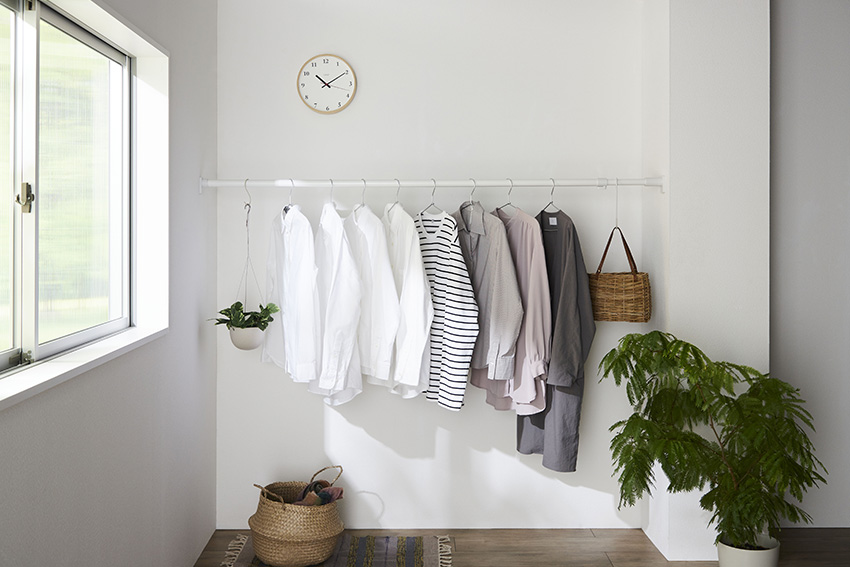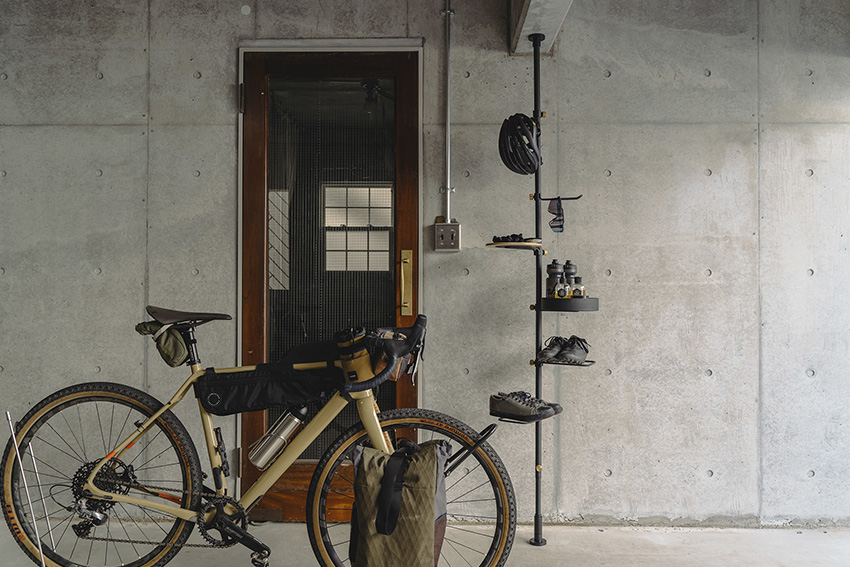Heian Shindo's mission is clear. Let them help you make room for your own unique lifestyle
Right now is an exciting time for Japanese manufacturing. Over the past three years, global supply chain disruptions have resulted in a favorable situation for Japanese firms that are known for their reliability. This is coupled with a weak JPY, presenting huge opportunities for Japanese companies. Observers argue that there has never been a more cost-effective time for Japanese manufacturing. Do you agree with this premise? What are the advantages for Japanese companies in this current macroeconomic environment?
Yes, I believe it is an opportunity for our company; however, we cannot proceed simply by following the old business practices. We are a fabless company, and for the past 30 years, we have shifted the location of production to the area that offers the cheapest labor in order to lower production costs. This is done in order to have low-cost materials with high functionality for sale. However, due to inflation and the weakened JPY, the business model of relying only on low costs will not be sustainable. Of course, we need to pursue optimal pricing, but we also need to develop unique, Uniquely Japanese products using the cheap JPY as a tailwind to expand into global markets.
Just now, you mentioned being fabless and that you outsource your manufacturing processes so that you can focus purely on design, innovation, and development for high-quality solutions. Since you are fabless, how do you ensure high-quality control? During the pandemic, people working from home needed more versatile office furniture. We know that your company is focusing on the concept that people can be their own DIY specialists and change their living environment. Can you tell us, post-COVID, what kind of trends or changes you have seen from your customer base?
The expected functions of living spaces have diversified. While in the past they were simply relaxing spaces for families and individuals, after COVID, there are more options in terms of work, learning, and entertainment.
There has been an increasing number of people who have transitioned to working at home, and as a result, sometimes eating spaces need to be converted into workspaces. That change might need to be done in only a few days. In terms of learning, there are also a number of options for homeschooling and distance learning. The same can be said for entertainment. Rooms used to have fixed functions, but now they serve multiple purposes. Our products allow for the free change of room functionality, and so we believe that we have opportunities in this area.
One more point I want to mention about the change after COVID. This change is quite unique to Japan because rooms were not fixed for functionality in the past. Japanese people used to spend the whole day in a single room with tatami mats. Western countries introduced the culture of rooms serving functions after WWII, which has now become standardized. However, COVID has changed things, and people are using spaces for multi-functions. We would like to explore this concept abroad.
On the theme of challenge and change, one of the key challenges has been Japan’s population crisis. Not only is Japan the oldest country in the world, but it is also one that is rapidly declining. This puts pressure on companies in a shrinking market and presents recruitment challenges due to the smaller labor pool. It is estimated that by 2040, Japan will face a shortfall of 11 million workers. How is the demographic shift affecting your business, and to what extent do you believe Japanese companies need to look overseas for business continuity?
A big problem is that with the population drop, so does the consumption level. We cannot keep the same share for the same products, which will mean that our revenue will go down. Although we are the top manufacturer of extension rods, we cannot sit back and relax. We need to develop new products that can create new cultures, which in turn will lead to increased revenue.
The declining population is leading to a reduced labor force, as you said, and this also has a huge impact on those who can build houses and do interior design. This is a very serious problem, and it is apparently clear that renovation work will cost more and take longer to complete. We believe that our products can bring customization to an area that does not require any renovation. It is our feeling that this situation is a tailwind for us and a significant business opportunity to generate increased revenue.
We are also looking into international expansion. Since the 1970s, we’ve released our extension rod, with sales rising quite a lot in the 1980s. Comparing the GDP of Japan in the 1980s to the GDPs of current-day emerging countries, there are huge similarities. There are large numbers of people living in small spaces in cities around the world, and we can bring value to them with our products. Emerging countries are also facing inflation, so the prices of residences are going up. There are also increased numbers of people sharing living spaces in those emerging countries. We can contribute to more comfortable living spaces in those markets.

Are there any particular countries or cities that you have earmarked?
Currently, we have business in Korea, Singapore, Hong Kong, Taiwan, and China. We are just starting with overseas sales, so we still have a lot of room to grow.
What kind of strategies do you want to employ to expand overseas?
We have sales partners mainly in Asia. In the future, we plan to expand our business to countries with high urban population rates, including the United States, where the idea for tension rods first came from.
Do you have any new collaborations or partnerships that you can tell us about?
There are a lot of collaboration discussions underway, so unfortunately, we cannot share any details on those today.
Each of your brands offers practical, damage-free storage solutions that enhance organization and enhance personal styles. Which of your brands do you believe has the greatest potential market growth, and are there any new upcoming brands that you can tell us about?
I feel that our Draw a Line has a lot of growth potential. There is an increasing number of accessories available for this line, including shoe racks and tray shelves. It allows for a lot of combinations of parts.
We do have new products coming out soon, including our 3-meter tension rods that can separate a room with a curtain without the need for a wall to be built. This allows users to arrange their living spaces based on their lifestyle. We are planning to expand our accessories in the Draw a Line brand in the future.
I also should mention AIR SHELF, which also has great growth potential and the ability to change lives. Not only is it easy to install and detach, but it also increases the storage on the wall. We focus on placing various products on the shelf, such as appliances and other materials like books. Usually, when placing appliances, many people feel stressed about hiding the power cords, but this AIR SHELF hides the cord on the side, resolving some of these issues.

Are there any new segments you would like to expand your products to?
We are planning on expanding to areas such as welfare for the elderly and disaster support.
Imagine that we come back in 2032 and have this interview again. What goals or dreams do you hope to achieve by the time we come back for that new interview?
In the past, we have centered around R&D as a core of our company. In the future, however, we want to become a company that contributes to the region or society in addition to the people's living spaces. Heian is part of our company name, but also a keyword for us. The word Heian means peace and stability, and it describes the vision of our company and our aim to become the kind of company that gives back to society.
For more information, please visit their website at: https://heianshindo.com/
0 COMMENTS